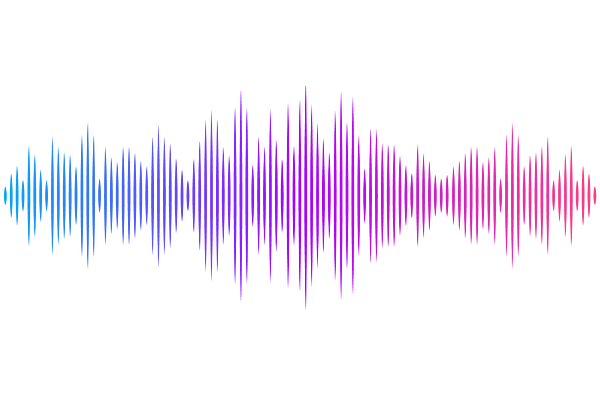Detailed Time Resolved Spectral and Temporal Investigations of SGR J1550-5418 Bursts Detected with Fermi/Gamma-ray Burst Monitor

Detailed Time Resolved Spectral and Temporal Investigations of SGR J1550-5418 Bursts Detected with Fermi/Gamma-ray Burst Monitor
Mustafa Demirer, Ersin Göğüş, Yuki Kaneko, Özge Keskin, Sinem Şaşmaz, Shotaro Yamasaki
AbstractWe have conducted a time-resolved spectral analysis of magnetar bursts originating from SGR J1550-5418. Our analysis utilizes a two-step methodology for temporal segmentation of the data. We first generated and fitted overlapping time segments. Subsequently, we obtained non-overlapping time segments with varying lengths based on their spectral evolution patterns, employing a machine learning algorithm called k-means clustering. For the fitting process, we employed three distinct models, namely a modified blackbody (MBB-RCS), a double blackbody (BB+BB), and a power law with an exponential cut-off (COMPT) model. We found that nearly all of the time segments fit well with the COMPT model. Both the average peak energy in the ${\nu}$F${\nu}$ spectra (Epeak) and Photon Index parameters follow a Gaussian distribution with the means ${\sim}$30 keV and -0.5, respectively. Furthermore, there is a strong positive correlation between the cooler and hotter temperature parameters of the BB+BB model, and both two parameters show a Gaussian distribution with peaks ${\sim}$4 keV and 12 keV, respectively. Additionally, we found that the distribution of the temperature parameter of the MBB-RCS model can be fitted with a skewed Gaussian function with a peak ${\sim}$9-10 keV. Lastly, we searched for quasiperiodic spectral oscillations (QPSOs) in the hardness ratio evolution of the bursts. We identified five potential QPSO candidates at frequencies ranging from ${\sim}$15 Hz to ${\sim}$68 Hz. We discuss and compare these results with previous studies.